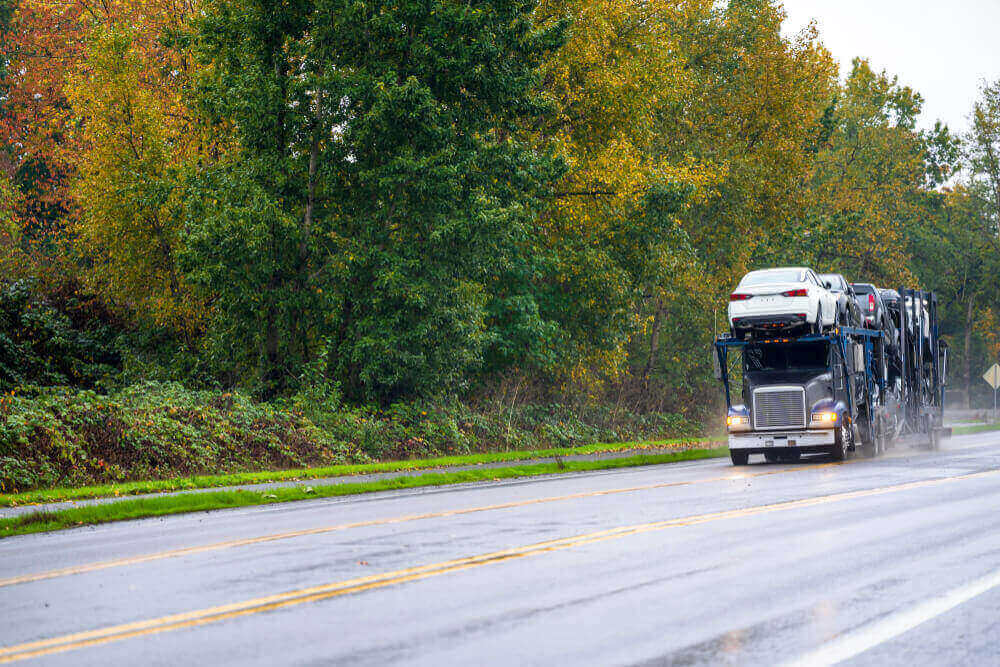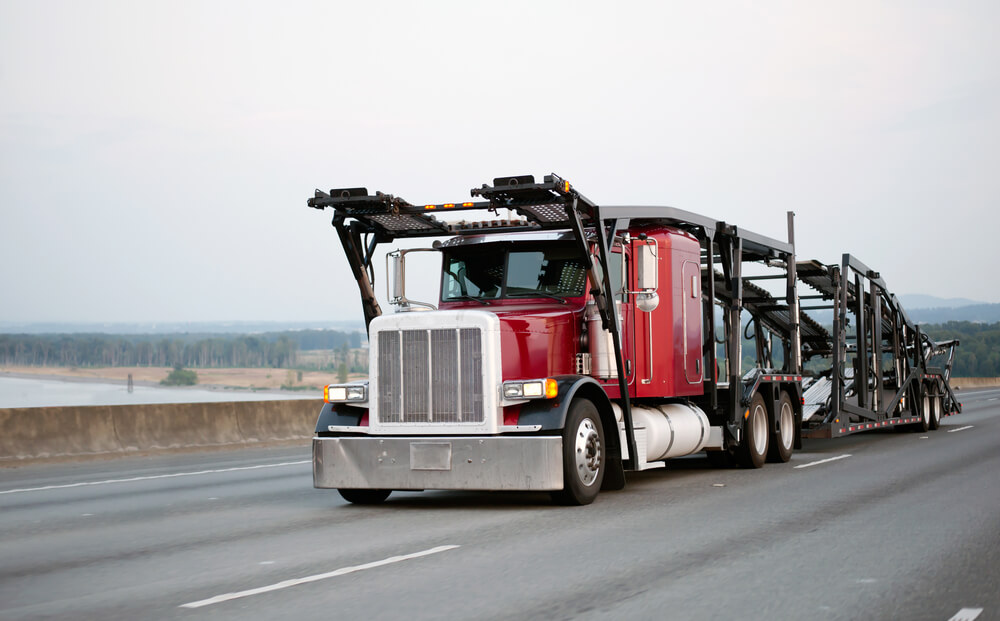Moving house can be a daunting task for anyone. There are many Things to consider, from packing and transporting belongings to settling into a new neighbourhood. House movers specialise in making relocation a smooth and stress-free experience. They take care of the heavy lifting, allowing you to focus on other important aspects.

Choosing the right house movers can save you time and effort. Professional movers come equipped with the right tools and knowledge to handle your belongings with care. They ensure that your move is as seamless as possible, reducing the physical and emotional strain.
Hiring house movers is not just about convenience; it’s about efficiency and safety. Experienced movers know how to pack and transport items securely, preventing damage during transit. This means you can settle into your new home with peace of mind, knowing everything has arrived intact.
Planning Your Move
Careful planning will ensure your move is smooth, efficient, and stress-free. Consider the steps below to make sure every aspect of your move goes smoothly.
Understanding the Moving Process
The moving process starts with taking stock of your belongings. Create an inventory of all items, marking any that need special care. This helps in packing and later, unpacking.
Packing should be organised and efficient. Label all boxes clearly with their contents and which room they belong to. This makes the unloading process much easier.
It’s essential to handle fragile items with care. Use quality packing materials and ensure valuables are securely packed. A professional team can provide expertise and ensure a safe move.
Choosing the Right Moving Company
Selecting a reliable moving company is crucial. Look for a company with a strong reputation for customer satisfaction. Check online reviews and ratings.
Ask about the movers’ track record. Have they been vetted? Do they handle items with care? Confirm there are no hidden fees in their pricing. Transparency is key to a good experience.
Many companies offer online booking. This can make arranging your move easier. Ask if the service is customisable to meet your needs. A professional team should be willing to adapt to your requirements.
Budgeting for Your Move
Budgeting is an important step in planning your move. Begin by getting quotes from multiple companies. This will give you a sense of the average price.
Consider all costs involved. This includes packing materials, transportation, and the potential need for storage. It’s wise to have a little extra in your budget for unexpected expenses.
Look for companies that offer competitive prices. Ensure they provide quality and care in their service. Understanding your budget helps in making an informed decision and avoiding financial surprises.
Execution of Moving Day
Execution of Moving Day is critical for a seamless move. This involves careful packing, using proper packaging materials, and efficient unpacking.
Packing and Packaging Materials
Proper packing and packaging materials are crucial for a move. Boxes, bubble wrap, and strong tape are essential. In South Africa, many opt for professional packing services in cities like Johannesburg, Cape Town, and Durban. Experts use top-quality materials, ensuring possessions are safe.
Packing boxes should be labelled clearly. Fragile items need extra care and diligence. Special packaging materials might be needed for delicate items. Using the right materials ensures items are safe during deliveries or storage units.
Unpacking and Settling In
Unpacking is as important as packing. Start with essential items, so the home is functional quickly. In Johannesburg, Cape Town, or Durban, residents often enlist unpacking services for efficiency.
Check all boxes to ensure everything has arrived safely. Set up important areas like the kitchen and bedrooms first. Taking it room by room makes the process manageable. This helps everyone settle in seamlessly without unnecessary stress.
https://bwmovers.co.za/house-moving/



